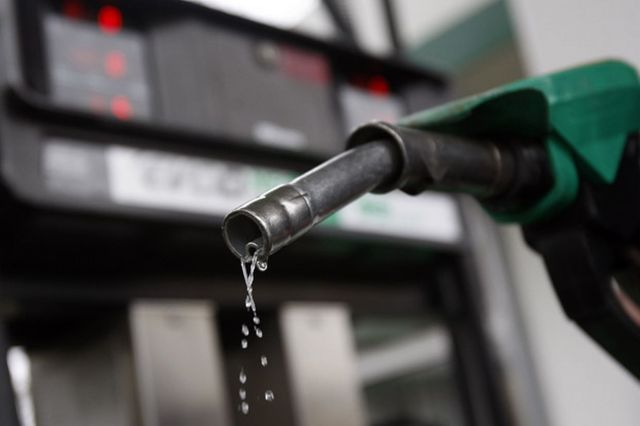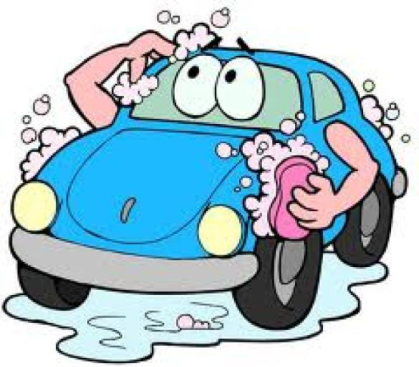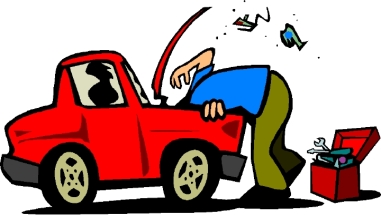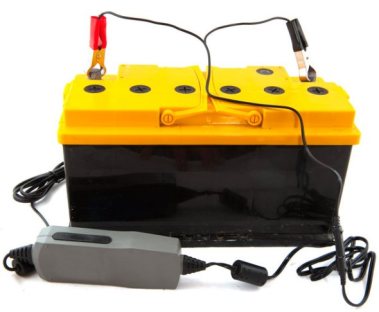We’re incredibly excited to introduce you to our latest design! A huge thanks to everyone involved for making this possible. We really appreciate your support.
Our aim at CaRPM has been to help you understand your car better and make car ownership easier. With an OBD-II scanner installed, you can help yourself to the data that your car holds. If you have any questions about the scanner, feel free to contact us (call us through the app itself) and we’ll get right to it.
To help you through the new design and the little things here and there, we thought we’d give you a short walk-through. Some features have remained the same while others have been improved upon to give you the best support while you enjoy driving your car.
1. Garage and Car Profile: Find and select your primary car and use the CaRPM app to track when to renew your insurance, when your servicing is due, etc. You can also get a better idea of your car’s health by entering the age of your car.
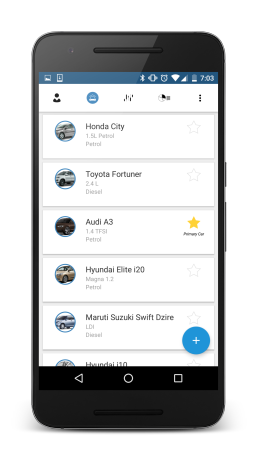
2. Live data: There’s a LOT more data you can view on your dashboard. You can select what data you want to view on your dashboard while you drive.
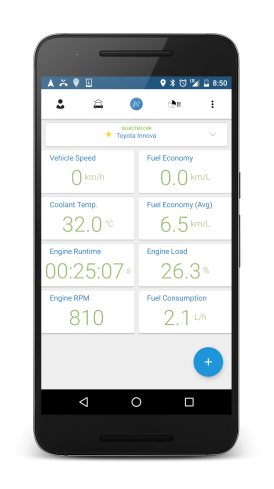
3. Driving score: Based on your driving, we analyse your driving pattern and generate your score on a 100 point scale. Not only this, we recommend tips for better driving and increasing your score.
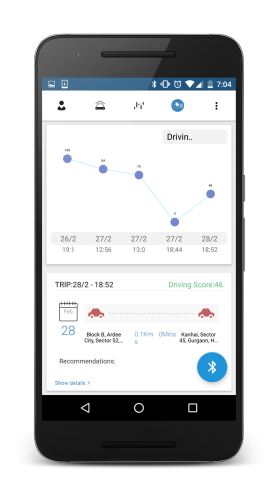
4. Invite your friends: You can invite your friends and compare driving scores and FINALLY answer “Who’s the better driver?”. Compete with your friends and get daily tips and suggestions to improve your car’s health!
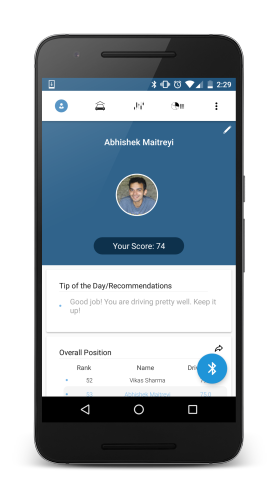
Besides these, there are a lot of small features that we’ve added to make your driving experience better and owning a car easier and more affordable. Do try them out!
Of course, your inputs are extremely valuable for us to be able to serve you better. So please let us know what you think about the app and we’ll get back to you on it. Write to us at fix@carpm.in with your feedback and who knows, maybe you’ll get early access to our new features for helping us improve!
Download the CaRPM app here
Share with your friends & family and help them turn their car into a smart car!




